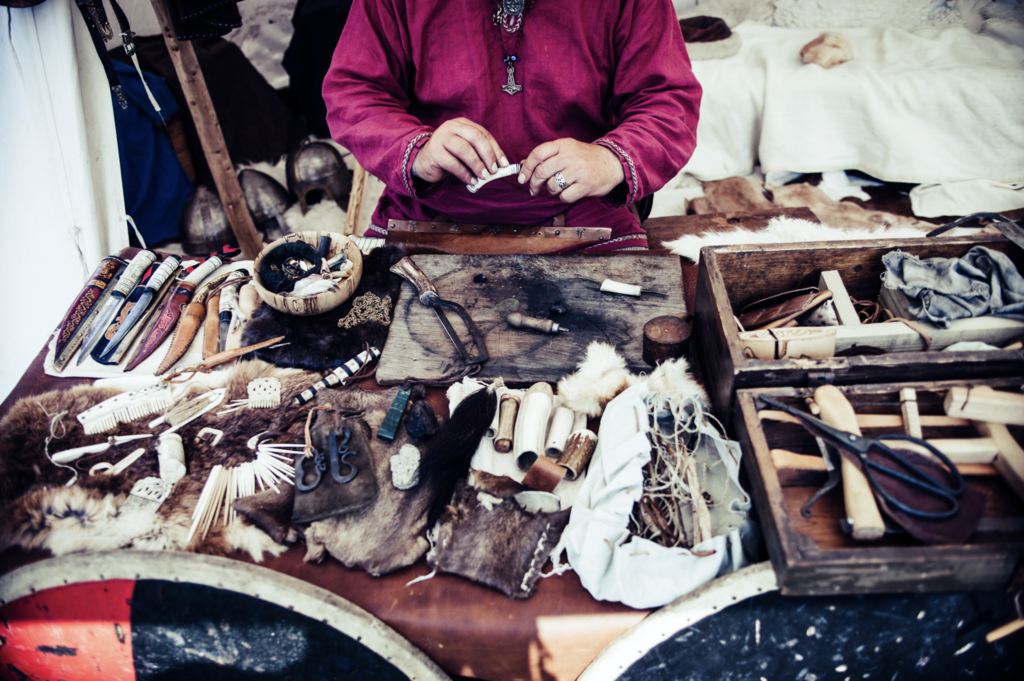
Real leather (not synthetically made) is made from animal skin, and more commonly cow hide, although goat, buffalo and exotic leathers such as snake and alligator are also available.
Cows leather is often described as a byproduct from the meat and dairy industries, making up just 5% of the value of the animal. Before technological advancements made raising mass livestock possible, early man would use the hides from animals they hunted for meat.
WHERE IS LEATHER PRODUCED?
At present, the top six countries producing tanned leather are: China, Italy, India, Brazil, Korea and Russia. Hides are often acquired from animals in these countries and are then shipped to other countries to be processed. For example, a company in the UK might buy leather from China and ship them in a refrigerated container to somewhere such as Italy where they are famous for their tanning methods and then re-import the finished leather back to the UK before selling it. Despite some other countries being better known for their production of leather, 80% of the world’s leather products are now made in China.
HISTORY OF LEATHER
Tests which have been carried out on historical leather have shown that a wide variety of animals were used for their skin in early times including squirrels, rabbits, beavers, goat, deer, camels and even alpacas. In these times, people would want to use every bit of the animal for food, tools and shelter, which is when they started using animals for their skin. As agriculture and livestock has expanded along with technology, this has paved the way for the development of modern tanning of leather. During the Middle Ages, leather was used for items such as footwear, clothes, bags, cases, trunks and saddles. It was also used for military use and a lot of leather articles were recovered from the Tudor ship the Mary Rose which sank in 1545.
TYPES OF LEATHER
Research has shown that 65% of leather comes from cows while 15% comes from sheep, 11% from pigs and 9% from goats. Less than 0.2% of leather comes from any other type of animal. However, with this in mind, some of the most unique and interesting leather products are created from some of the most unusual and less common hides.
Cowhide is by far one of the most popular leathers today. As it is a byproduct of the meat and dairy industry, it is widely available worldwide but it is also considered one of the most durable and desirable leathers. Cowhide is much heavier than other sources of leather weighing in at between 1 and 12 ounces and is therefore a much better choice for jackets, coats and furniture as it is much sturdier.
Sheepskin is the second most common leather after cowhide and is often tanned with the fleece intact which means it can drape well so is often used for jackets and clothing. Due to its fleece it is often used to make slippers and rugs.
Pigs create a much denser leather than other animals. It is very comfortable and water resistant leading to the production of gloves, shoes and sportswear.
Goat skin is typically used to make gloves, bags and rugs. It is characteristically thinner than cowhide and particularly soft and malleable to work with.
Exotic leather, such as snake, alligator and crocodile skin are widely available in Asia, but considered by many as unethical since the leather is not a byproduct and in some cases the animals are endangered. Ostrich skin is a particular popular material used by some designer labels due to its unique texture and is predominantly imported from Africa, where the animals are used for their feathers, meat and eggs as well.
TANNING METHODS
Several tanning methods are used to tan animal hides for leather products. The most common two are chrome tanning and vegetable tanning. Chrome tanning involves using chemicals, acids and salts to dye the leather and this usually results in less expensive leather products. Vegetable tanned leather is a little more difficult and lengthy which is why leather products that have been dyed in this way are usually a lot more expensive. This method involves using tree bark and tannin to produce more expensive leather products. You can find out more about our vegetable tanning process here.
TREATMENT AND PRESERVATION
As leather is a natural product, it is important to preserve and condition it. There are many products you can buy which will lengthen the life of leather. Those that have been treated with acid are more prone to red rot which cause changes in the texture of the leather. Although this change cannot be reversed, treatments can be applied to stop it from becoming too damaged.
ETHICS
Leather is used in everything from car seats to footballs and horses saddles and handbags due to its durable nature and finish that is difficult to replicate with synthetic materials. Many consumers are happy to buy products made of leather because it is typically a byproduct of the meat and dairy industries. However, vegans and vegetarians may wish to avoid leather products and opt for a “vegan” leather instead. Although the term “vegan leather” implies an eco-friendly alternative, it should be noted that some vegan leathers can cause more danger to the environment than real leather. You can read more about vegan leather here.
Source: www.Mahileather.com
